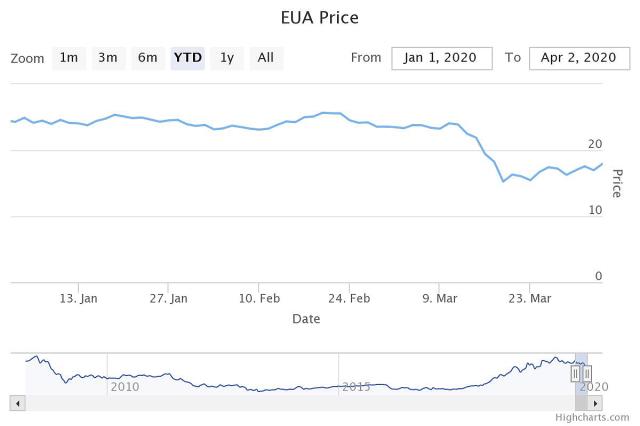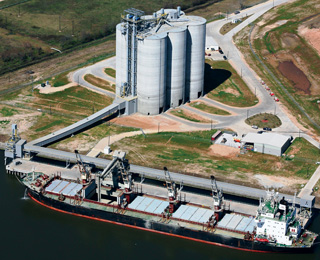This week, Cembureau released its position paper on the EU carbon border mechanism (CBM), largely welcoming the prospect. Since one of the main risks with the EU ETS carbon market is that of carbon leakage, where companies transfer the production of certain products to countries outside of the EU, the CBM would be designed to counteract this by placing a carbon price on imports of those goods from outside Europe.
The completion of a feedback period on the roadmap of the CBM was reached on 1 April 2020, with Cembureau publishing its paper on 31 March. The European cement association arrived at the conclusion that a well-designed mechanism could create a level playing field between the European cement industry and those of other countries through the equal payment of carbon taxes. It may also lead countries external to the EU to further develop carbon reduction strategies and set up their own domestic carbon pricing schemes.
However, these benefits do rely on the ‘well-designed’ nature of the CBM. As such, Cembureau outlined five comprehensive principles for the design of the CBM.
1. In an initial phase corresponding to Phase IV of the EU ETS (2021-30), the association notes that the CBM should be complementary to the free allowances received by the European industry. It argues that the introduction of the mechanism alongside an immediate loss of free allowances would create considerable uncertainty and risks.
2. The association also states the CBM should be based on verified emissions, which could be achieved by an EU-certified body determining the CO2 content of imported products. If the producer fails to supply the documents, the value could be based on the corrected average CO2 emission from the exporting country. The CBM should include costs associated with indirect emissions, such as those created through the transport of the product.
3. The CBM should use a transparent methodology and be compatible with the World Trade Organisation (WTO), which would prevent the sudden abandonment of the mechanism, states the association.
4. While the cement sector may be a pilot project for the mechanism, Cembureau commented on the importance of involving as many different sectors as possible to stop the creation of distortions in the EU market.
5. Finally, the CBM should include a CO2 charge exemption for EU exporters if the country receiving the product is not covered by a carbon pricing system, says Cembureau. This would resolve the issue of EU cement exports being at a competitive disadvantage as a result of rising CO2 costs.
"Carbon border mechanisms are complex tools by nature and so it is essential to get their design right. A poorly-designed mechanism could indeed have significant consequences for our industry. Cembureau looks forward to continue working with the European Union on this," said Koen Coppenholle, CEO of Cembureau.
The development of the CBM will be a long process, with its ultimate adoption not planned until the second quarter of 2021. Since it will have an impact for the European cement industry going forward, it is essential that the details are worked out in full. However, it is important to note that these are the first steps in negotiating these details and before the CBM is rolled out in full, the cement industry will have to compromise on certain factors.
Carbon price market
Elsewhere, carbon prices in the EU ETS have fallen as measures to slow the spread of the coronavirus both reduced industrial activity and carbon emissions. While carbon prices had been trading at almost EUR30/t last summer, they declined to EUR15.05/t on 11 March 2020. This is the lowest price since June 2018.

Impact of COVID-19 on EU carbon prices (YtD 2020). Source: Sandbag
New forecasts suggest that industrial emissions will fall between 10-20Mt in 2020, according to Energy Aspects. However, the longer-term fundamentals of the scheme are still expected to remain in place.
"Carbon emissions in 2020 will drop as a result of national responses, while the longer-term fundamentals of the energy transition remain in place," said Wood Mackenzie in a Reuters report.
With rapidly fluctuating carbon prices and developing border mechanisms, the cement industry still has a lot at stake with the developing EU ETS carbon market.


